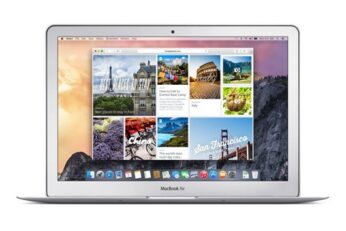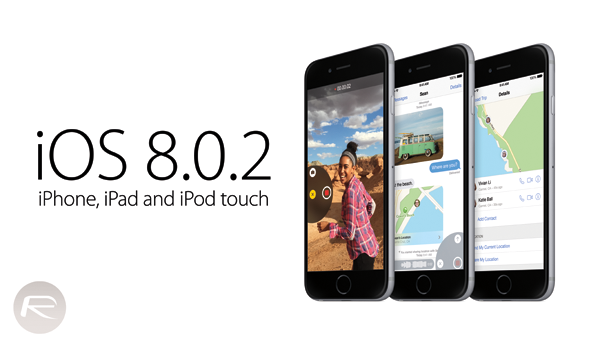Apple's iOS 8 has brought with it some truly impressive new features as well as some that should probably have been there since day one. Unfortunately, it also brings with it an extra icon or two that belong to apps that most people don't want on their home screen and, as we all know, if Apple wants us to use an app, there's no deleting it. Ever.
Last year with iOS 7, Apple took an even more minimalist approach than usual to its mobile OS, removing all sign of skeuomorphism and instead opting for clean lines and flat shapes. This ethos for keeping things simple is reflected throughout the company’s product range, and with iOS 8 having recently been released, the desire for subtlety has remained. If you’re also a fan of simplicity, you’ll be pleased to learn of a little-known feature bundled into iOS 8 that allows you to enjoy a blank home screen, giving it a desktop OS like look, and below, we’ve compiled a simple step-by-step guide on how you can achieve it.
Although iOS 8 was first showcased at this year's WWDC developer gathering back in June, it wasn't until September's iPhone 6 event that we first caught a glimpse of the new integrated, contactless payment system dubbed Apple Pay. The Cupertino company's new infrastructure would not, we were told, be a part of iOS 8.0 on day one, but would follow in a subsequent October software update. According to a new report, the Mac maker is right on schedule to roll Apple Pay out with iOS 8.1, with the same source also offering a firm date on the release.
Apple released the first beta of iOS 8.1 to developers just yesterday, and as we expected, it comes with a lot of minor changes that make up for a handful update over what is available publicly in the form of iOS 8.0.2. Here, we’ll run through all the changes in a neatly organized bulleted list.
Apple's iOS 8 seemed to be experiencing a smooth initial transition, with millions of users downloading on the very first day of its launch and bugs apparently as minor as they were few. But after the mess that Apple made with iOS 8.0.1, things seem to have gone downhill somewhat, and it now appears that iOS 8's 'Reset All Settings' feature is also removing iCloud Drive documents apparently safe in Apple's secure online storage hub.
Apple has just released iOS 8.1 beta 1 download for iPhone, iPad and iPod touch users. The first beta build carries a build number of 12B401 and is available to download immediately for registered developers, and is likely an update which includes support for Apple Pay and other bug fixes.
As well as opening up the keyboard aspect of its mobile software to third parties, Apple's iOS 8 has also treated the stock offering to a much-needed overhaul. The autocorrect-befuddled experience that users had begrudgingly grown accustomed to was certainly below the standards being set on Google's Android, but as well as introducing some SwiftKey-like features to the iOS 8 typing repertoire, Apple has also brought a more substantial predictive text to the fore. Not only will it correct your sentences within the context of what you've written before - unlike Auto-correct for the most part - but it'll also have a pretty good pop at guessing the next word in your sequence. One cartoonist thought it would be interesting / entertaining to see whether iOS 8's new keyboard could pick up on famous movie quotes using predictive text, and while it didn't exactly come up trumps, it did produce some quite hilarious alternatives.
The Web is awash with animated GIFs, and thanks to the introduction of iOS 8 and its third-party keyboard support, the authors of such apps have sought to make it easier than ever before to share these moving images. But the GIF isn't the only file type supportive of animation, and although the Animated Portable Network Graphic, or APNG, was assumed to be dying out, Safari for iOS 8 actually supports APNGs as standard. What's more, those using a beta or Developer Preview of OS X 10.10 Yosemite will also be able to indulge, and although both of Apple's new pieces of software have been inundated with new features, this is one that we certainly did not foresee.
When Apple announced iOS 8 a few months ago, one of the first questions on everyone's lips was which older devices the new software would support. As it turned out, the iPhone 4s and iPad 2 along with the iPad mini are the oldest machines to be able to be updated to iOS 8. Owners of those devices rejoiced.
The eventual - and successful - release of iOS 8.0.2 has not only saved Apple from further iOS related embarrassment, but it's also acted as a catalyst for another internal decision. Hours after successfully pushing out the latest version of iOS, which introduces a number of new features as well as fixing some serious bugs that were accidentally introduced with 8.0.1, Apple has also stopped digitally signing the iOS 7.1.2 firmware, making it impossible for users to downgrade from iOS 8.
















